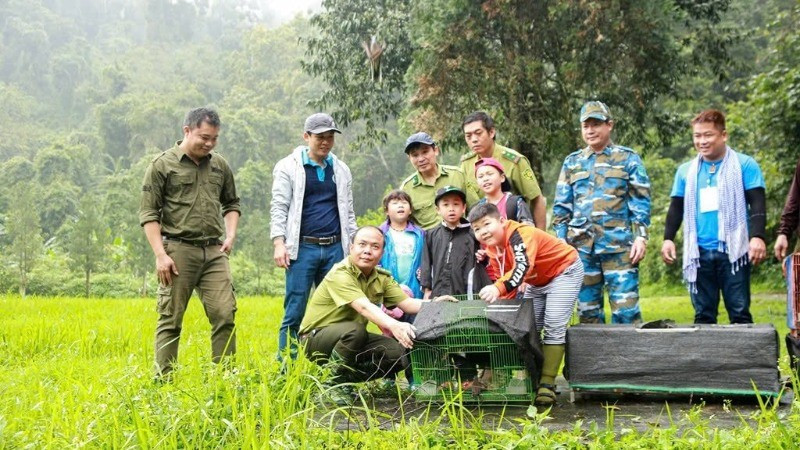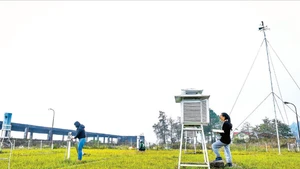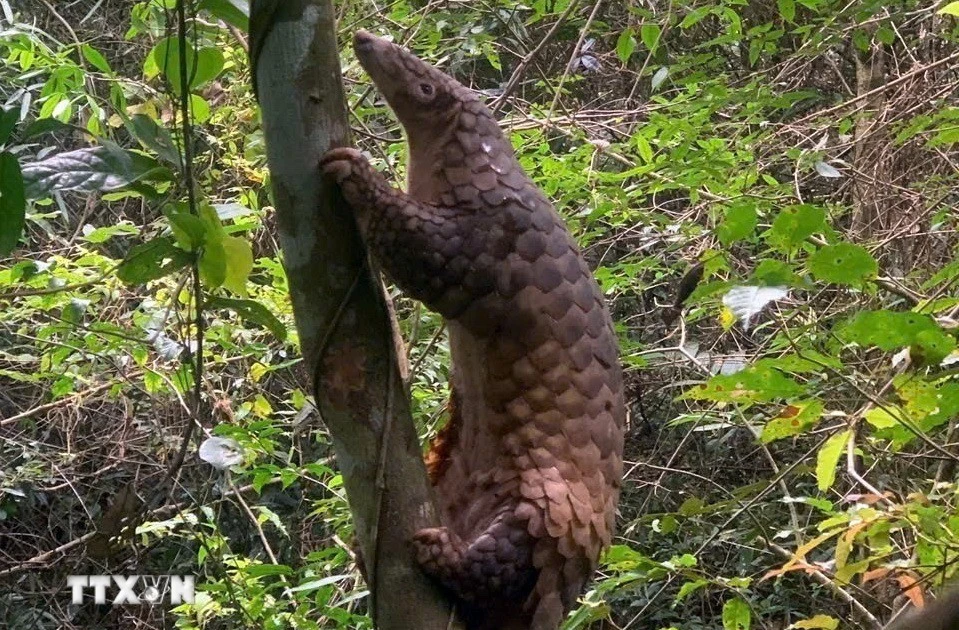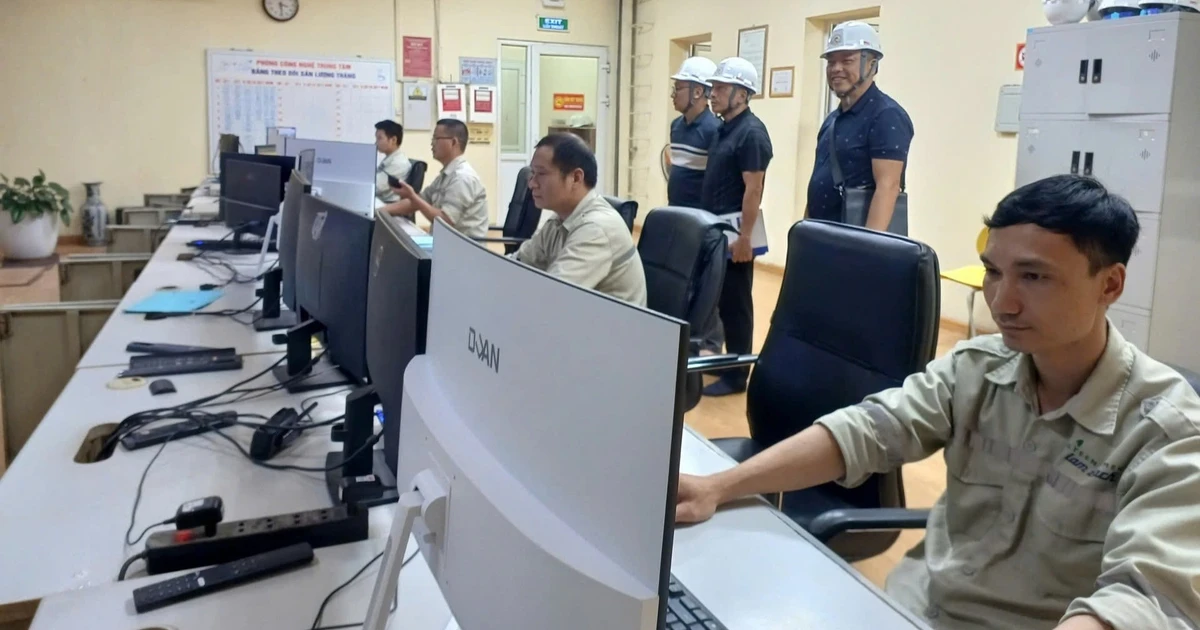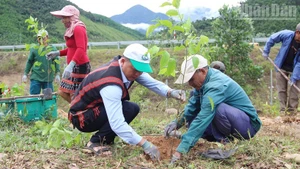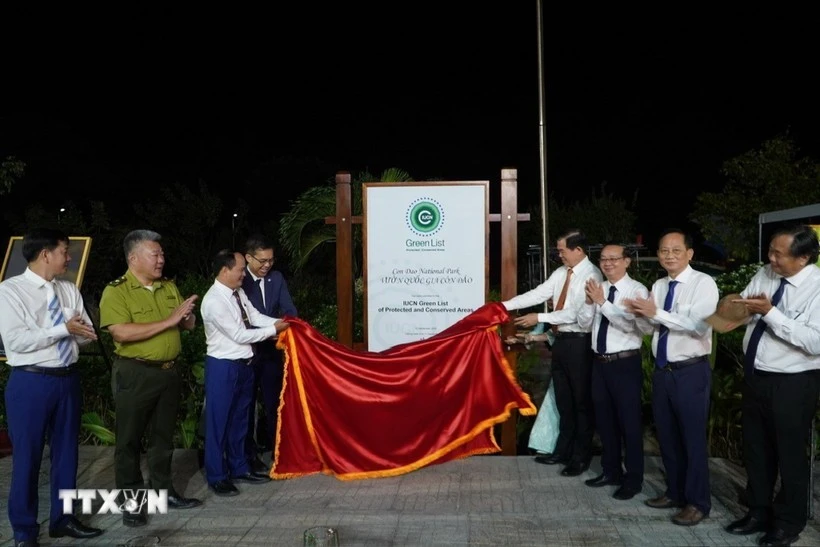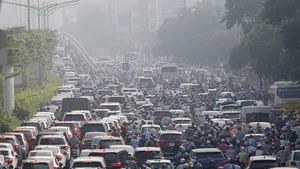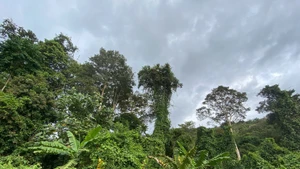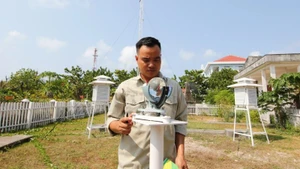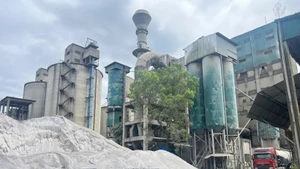Viet Nam possesses three primary ecosystem groups: marine, terrestrial, and wetlands, with approximately 62,600 identified species. Among them are 106 endemic species found nowhere else on Earth. Additionally, the country is one of the global centre for plant and animal genetic resources, with over 6,000 rice varieties, 800 cultivated plant species, and 887 livestock breeds.
Vital asset for development
A report by the World Economic Forum reveals that 50% of global GDP depends directly or indirectly on nature and ecosystem services. This highlights the critical role biodiversity plays not only for the environment but also for each nation’s economy. In Viet Nam, which is rich in biological diversity, this can be considered a vital “asset” for sustainable development.
Viet Nam possesses three primary ecosystem groups: marine, terrestrial, and wetlands, with approximately 62,600 identified species. Among them are 106 endemic species found nowhere else on Earth.
Numerous studies by environmental experts have confirmed that natural ecosystems provide the foundation for the long-term growth of various economic sectors such as agriculture, forestry, herbal medicine, and ecotourism. Biodiversity supports food security, creates employment, preserves the genetic resources of crops and livestock, supplies ingredients for traditional medicine, materials for construction, and fuel sources.
Moreover, biodiversity shapes natural landscapes and inspires cultural traditions and customs. Its conservation enhances society’s resilience and ability to adapt to global climate change.
Patrick Haverman, Deputy Resident Representative of the United Nations Development Programme (UNDP) in Viet Nam, emphasised that the international community has shown strong commitment to nature and biodiversity conservation through concrete and practical actions.
In response to the global biodiversity crisis, the COP16 Conference, held in Colombia in 2024, once again urged countries to act more swiftly and decisively to meet key targets, such as protecting at least 30% of terrestrial and marine areas, restoring at least 30% of degraded ecosystems, halving unsustainable consumption of biological resources, increasing sustainable financial resources for biodiversity, and ensuring fair and equitable sharing of benefits from genetic resource use.
In Viet Nam, recognising the importance of biodiversity to national development, the Party and the Government have placed special emphasis on environmental protection and biodiversity conservation.
However, in line with the common challenges facing most developing countries, Viet Nam’s biodiversity conservation efforts face intense pressure from economic growth, environmental pollution, deforestation, natural and human-caused destruction, the invasion of alien species, and increasingly extreme climate change.
These challenges demand immediate and concrete action to protect and sustainably harness the critical “capital” that nature offers—for the sake of both environmental integrity and economic growth.
Commitment and action
According to Deputy Minister of Agriculture and Environment Nguyen Quoc Tri, biodiversity conservation in Viet Nam has been addressed in many policies and legal documents. To support global biodiversity conservation efforts, the Vietnamese Government adopted Resolution No.05/NQ-CP on January 15, 2021, endorsing the leaders’ pledge for nature; approved the Kunming–Montreal Global Biodiversity Framework (GBF); and issued the National Biodiversity Strategy until 2030 with a vision to 2050.
According to the Ministry of Agriculture and Environment, Viet Nam now has approximately 42% forest coverage, equivalent to nearly 14 million hectares; 178 nature reserves; 11 world biosphere reserves; four UNESCO global geoparks; nine internationally important wetlands; three UNESCO world natural heritage sites; and 12 ASEAN heritage parks.
Research, species conservation, and gene pool preservation efforts have achieved significant results, while the importance of biodiversity for livelihoods and sustainable development in various economic sectors has been increasingly recognised in practice.
For many years, in some localities, economic growth has often been prioritised over environmental protection and biodiversity conservation. As a result, numerous natural ecosystems have been degraded, seriously threatening ecological balance and long-term resources.
According to Vice Chairman of Ninh Binh Provincial People’s Committee Nguyen Cao Son, the locality is facing considerable challenges in biodiversity conservation, including a decline in the number of species and individual organisms, environmental pollution, overuse of fertilisers and pesticides, and plastic waste problems.
This reality underscores the urgent need to enhance the effectiveness of biodiversity conservation, not only through law enforcement but also by integrating conservation goals into socio-economic development strategies, especially in areas rich in biological resources like Ninh Binh.
As in many other countries, biodiversity conservation in Viet Nam faces severe pressure from social development and climate change. Many forest areas and endemic species have disappeared or are at risk of extinction. The drastic reduction in species numbers and the contraction, degradation, and imbalance of ecosystems highlight the need for more decisive and concrete actions.
“We must act faster, with greater determination and effectiveness. The goals of the GBF and sustainable development can only be achieved through close coordination among governments, businesses, scientists, communities, and international cooperation,” emphasised Hoang Van Thuc, Director General of the Department of Environment under the Ministry of Agriculture and Environment.
In the near future, to successfully implement the National Biodiversity Strategy until 2030, with a vision to 2050, Viet Nam must urgently and comprehensively carry out a wide range of solutions. These include improving the legal framework and management mechanisms, enhancing law enforcement capacity in biodiversity conservation, and integrating conservation into strategies, planning, and plans of economic sectors.
In addition, international cooperation should be expanded, technology transfer promoted, and scientific research intensified to improve the efficiency of biodiversity conservation and maximise the value of biological resources. It is also essential to establish and strengthen information systems and digital transformation in biodiversity data management and governance.
